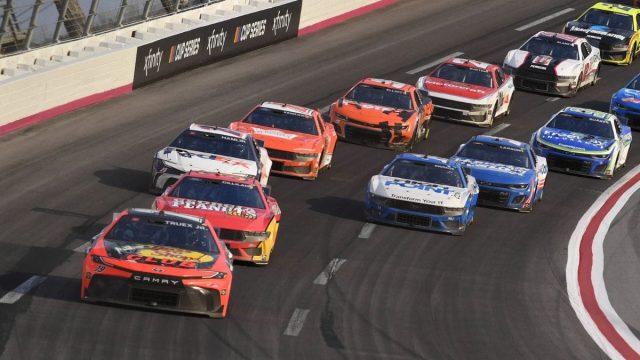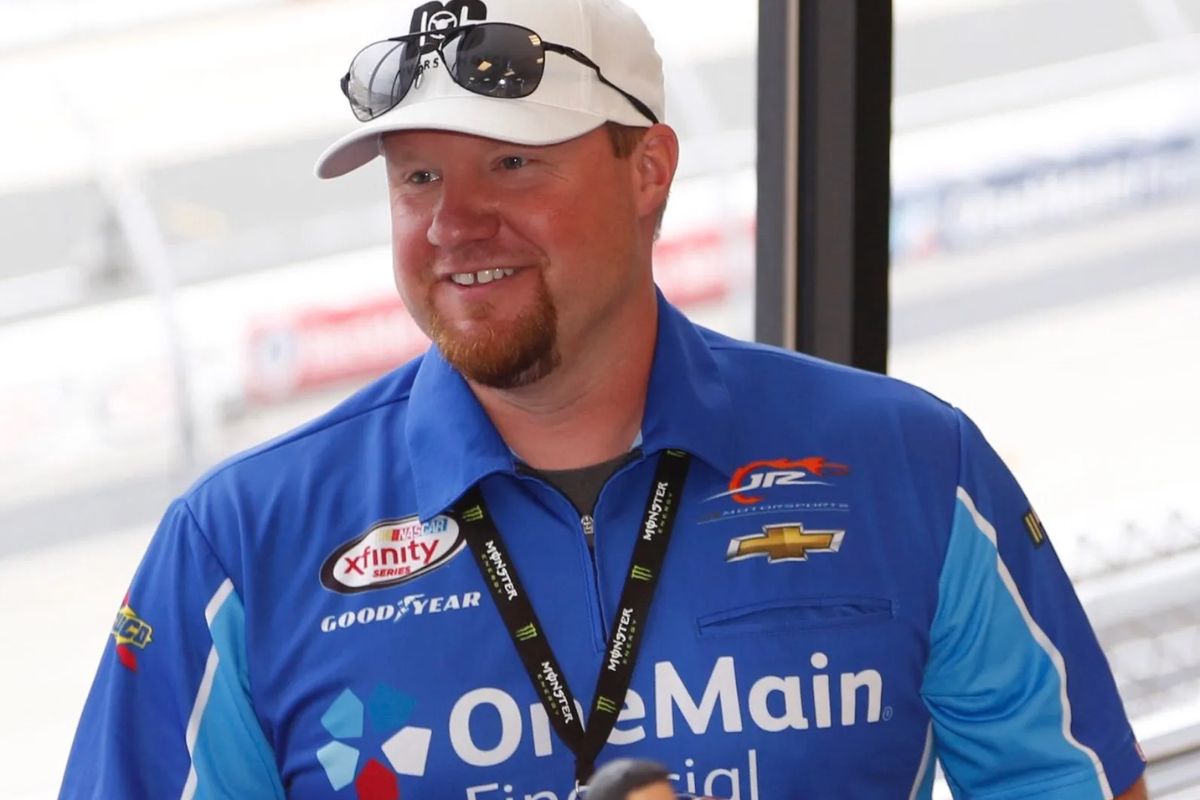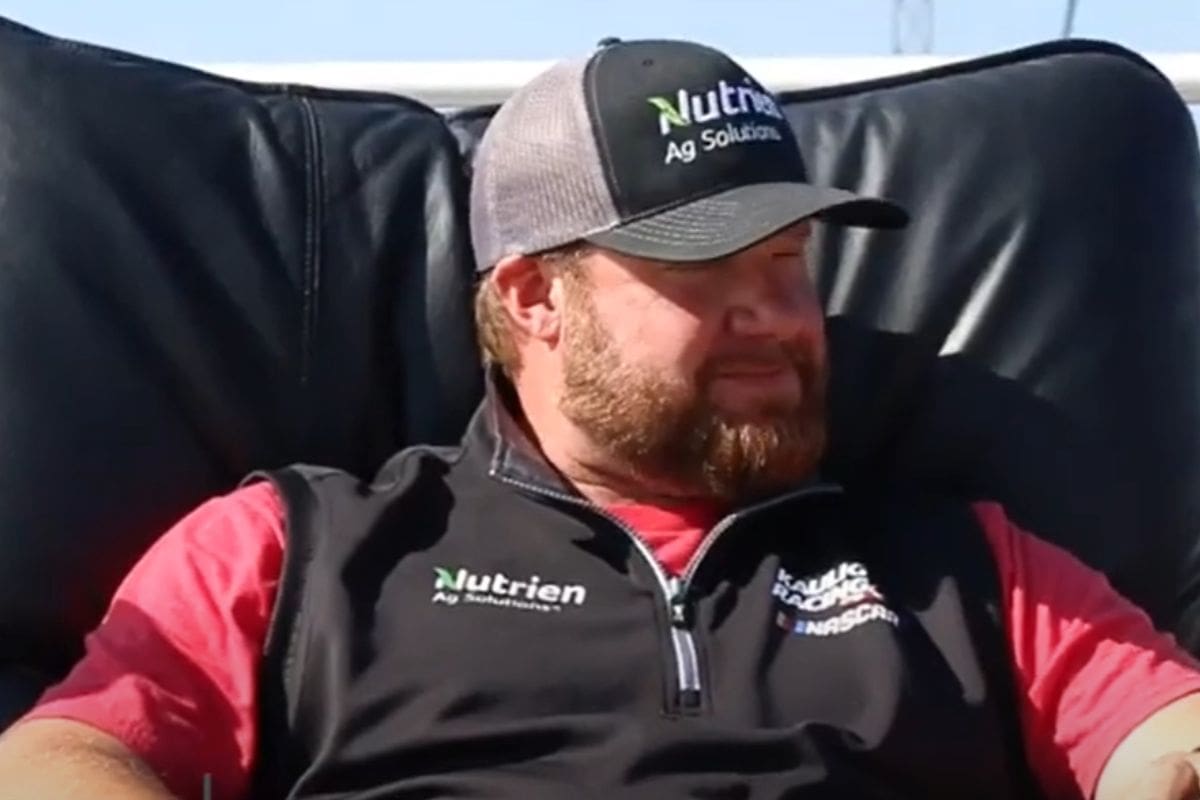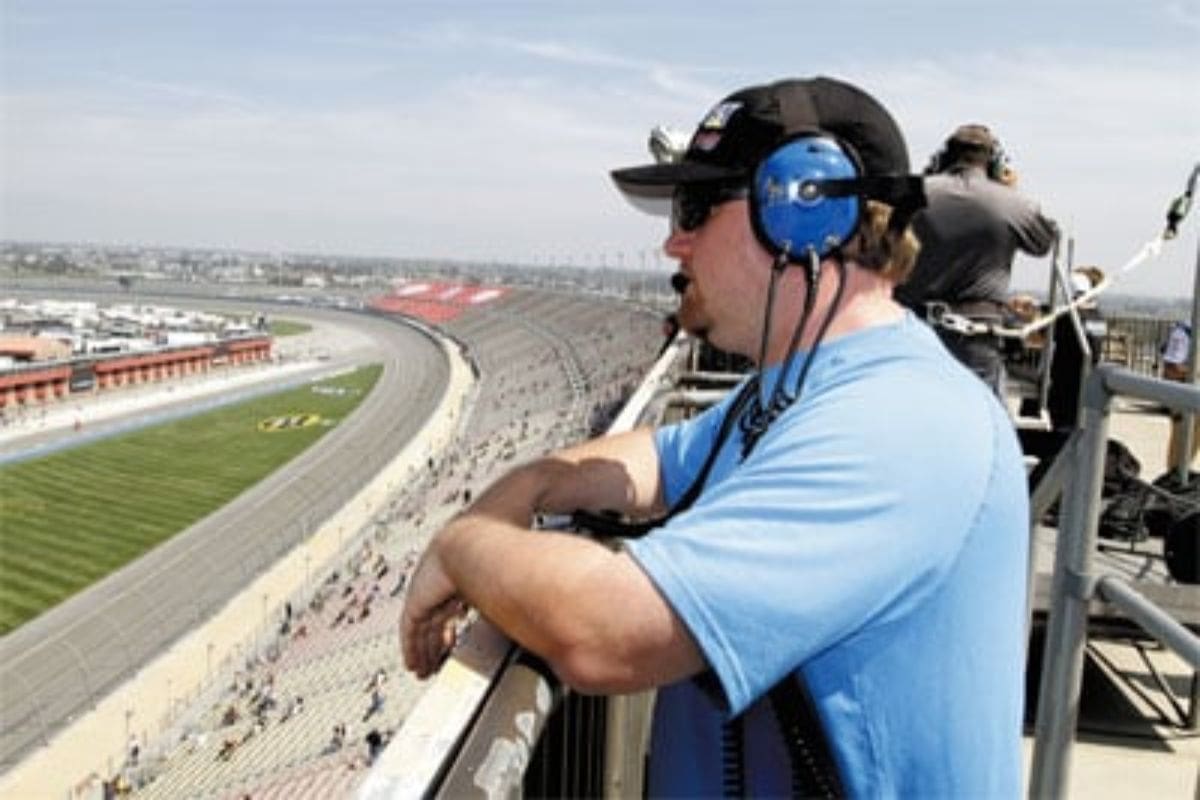Brett Griffin’s Bold Call: NASCAR analyst Brett Griffin has called for a major service of NASCAR’s pre-race shows, criticizing their repetitiveness and lack of engaging content. He believes current segments fail to capture the sport’s dynamic nature and diverse personalities. Griffin suggests incorporating extensive interviews, technical insights, and strategic discussions to better reflect NASCAR’s complexity and appeal. This approach aims to break the monotony and highlight the sophisticated elements that make the sport exciting. Understanding both the current gaps in content strategy and NASCAR’s efforts towards innovation reveals where Griffin sees potential for richer fan engagement and sustained interest.
Key Highlights
- Brett Griffin criticizes NASCAR’s pre-race shows for being repetitive and lacking engaging, dynamic content.
- He suggests incorporating in-depth interviews and technical insights to highlight NASCAR’s complexity.
- Griffin believes current segments fail to capture the essence and personalities of the sport and its drivers.
- The lack of diverse, engaging content leads to monotony in NASCAR’s pre-race shows.
- Griffin calls for more compelling storytelling to enhance the pre-race experience and better engage fans.
Griffin’s Critique of NASCAR’s Pre-Race Shows
Brett Griffin’s criticism of NASCAR’s pre-race shows centers on their repetitive nature and lack of engaging content, suggesting that these segments fail to capture the dynamic essence of the sport and its drivers. As a seasoned spotter for Richard Childress Racing (RCR), Griffin possesses a unique vantage point that combines both insider expertise and a deep understanding of fan perspectives. His observations resonate with a broader audience increasingly disenchanted with formulaic pre-race routines that do little to spark excitement or provide meaningful insights.
Griffin argues that the current pre-race format often rehashes predictable narratives and statistics, leaving dedicated fans yearning for more substantial content. In his view, these segments miss a critical opportunity to highlight the personalities and strategies that make NASCAR compelling. By focusing too much on surface-level elements and not enough on the intricacies of racing, these shows fail to differentiate themselves from one race to the next, leading to a sense of monotony.
Furthermore, Griffin asserts that infusing more dynamic elements could reinvigorate these broadcasts. This might include in-depth interviews with drivers that reveal their pre-race mentalities, behind-the-scenes insights into team preparations, or technical dissections of track conditions and vehicle performance. Such content could provide fans with a more comprehensive, detailed understanding of the sport.
Balancing his criticism, Griffin also acknowledges the logistical challenges of revamping pre-race shows. However, he remains steadfast in his belief that a more engaging approach is both necessary and feasible. By valuing originality and depth over repetition, NASCAR could create a more captivating pre-race experience, ultimately enhancing its appeal to both seasoned enthusiasts and newcomers.
NASCAR’s Cultural Perception and Pop Culture Impact
NASCAR’s cultural perception, often skewed by media portrayals like ‘Talladega Nights,’ masks the sport’s profound legacy of technological innovation and the exceptional skill of its drivers, such as the legendary Junior Johnson. While popular culture often paints NASCAR as a domain dominated by unsophisticated characters, this belies the intricate engineering marvels and split-second decision-making that define the sport.
Junior Johnson, a Hall of Famer, epitomizes the blend of raw talent and technical expertise that has historically driven NASCAR’s success. His intuitive understanding of aerodynamics and engine performance contributed significantly to the sport’s evolution, demonstrating that NASCAR is much more than just fast cars driving in circles. Johnson’s legacy highlights the sophisticated skill set required to excel in this high-stakes environment.
NASCAR’s impact on pop culture, though sometimes superficial, has undeniably broadened its audience. Movies, television shows, and even video games have brought aspects of the racing world into mainstream consciousness. However, these portrayals often fail to capture the complexity and dedication inherent in the sport. This gap between perception and reality presents both a challenge and an opportunity for NASCAR to reshape its narrative.
Insiders argue that the sport’s true essence lies in its constant push for innovation. From the development of safer, more efficient cars to the implementation of advanced telemetry systems, NASCAR has continually been at the forefront of automotive technology. Such advancements not only enrich the spectator experience but also translate into everyday automotive improvements, benefiting the general public.
Griffin’s Call for Post-Race Interviews
During a recent episode of the Door Bumper Clear podcast, Griffin emphasized the importance of improving NASCAR’s content strategy by integrating thorough post-race interviews that investigate race specifics and driver perspectives.
According to Griffin, post-race interviews hold significant potential to deepen the audience’s connection with the sport. By delving into the intricacies of the race, these interviews could provide fans with a deeper understanding of the strategies, challenges, and key moments that define each race.
“Give me all the interviews of the post-race, post-game, post-show. That’s where all the things are for me. I 100% agree.” -bret griffin
Griffin’s advocacy for this change stems from a belief that current post-race coverage often scratches the surface, focusing more on generic reactions rather than offering detailed insights. He argues that a more thorough approach would not only engage hardcore fans but also attract casual viewers by clarifying the complexities of the sport. For instance, drivers could discuss tire strategies, pit stop decisions, and on-track rivalries, thereby illuminating the strategic elements that fans might otherwise overlook.
Moreover, Griffin suggests that these interviews should be structured to highlight the emotional and personal aspects of the drivers’ experiences.
“I’m not obviously a producer but give me the anthem and then during the five minutes that we literally burn for the drivers to go in the cars give me a prerecorded interview of the pole sitter last time we were there is winter and if anybody had something crazy happen during practice or qualifying that is worth highlighting. Otherwise, I don’t need all the hand clapping. Start the damn race.” – griffin
By capturing raw emotions immediately following the race, NASCAR can create compelling narratives that humanize the athletes and build emotional investment among fans. This approach could be particularly effective in showcasing the highs and lows that define a driver’s career, from the thrill of victory to the agony of defeat.
Current Gaps in NASCAR’s Content Strategy
Frequently overlooked in discussions about enhancing fan engagement, the current gaps in NASCAR’s content strategy reveal significant missed opportunities for deeper audience interaction and retention. One glaring deficiency lies in the limited availability of post-race coverage. While platforms like Sirius XM provide some level of post-event analysis, this content is not sufficiently widespread to satisfy the modern viewer’s demand for thorough engagement.
NASCAR’s content strategy appears to be overly concentrated on live race broadcasts, leaving a void in the pre- and post-race narratives that could capture viewer interest. This singular focus neglects the broader storytelling potential that could keep fans engaged beyond race day. Brett Griffin’s observations highlight the necessity for NASCAR to broaden its media approach, integrating more diverse and accessible content formats.
Moreover, the current strategy lacks the robust utilization of digital and social media platforms to their full potential. In an era where fans expect immediate and ongoing interaction, NASCAR’s limited utilization of these digital avenues stands in stark contrast to other sports organizations that thrive on continuous content delivery. This gap not only hampers fan retention but also stifles the potential for attracting new audiences who primarily consume content online.
Additionally, the absence of consistent, engaging pre-race shows and post-race interviews curtails the narrative arc that fans crave. By not capitalizing on these moments, NASCAR misses out on creating a more immersive and emotionally resonant experience for its audience.
NASCAR’s Recent Innovations and Future Directions
Recognizing the gaps in their content strategy, recent initiatives such as the NASCAR Village and the Mobility Pit Box highlight the organization’s commitment to enhancing fan engagement and inclusivity. The NASCAR Village serves as a dynamic, immersive fan zone that brings the excitement of the race closer to attendees.
“NASCAR Village at Butler Field is an opportunity for all Chicagoans to learn more about NASCAR, enjoy local vendors, and take part in the excitement of the Chicago Street Race Weekend even without a ticket.” – julie giese
Featuring interactive displays, driver meet-and-greets, and simulators, it aims to offer a thorough experience that transcends the traditional spectator role. By integrating advanced digital elements, the NASCAR Village fosters a stronger connection between the sport and its audience, thereby cultivating a more loyal fanbase. Equally groundbreaking, the Mobility Pit Box is a significant step towards inclusivity.
“The effort everyone has put in to provide this opportunity for an ADA recipient is absolutely great.” The initiatives taken by NASCAR on the digital front are also laudable.” -jd holland
Designed to accommodate fans with mobility challenges, this initiative ensures that everyone has a chance to experience the thrill of the race without physical barriers. Equipped with ramps, accessible seating, and clear sightlines, the Mobility Pit Box reaffirms NASCAR’s commitment to creating an inclusive environment for all fans.
“In-App Stories are an ideal way for us to deliver the type of compelling content fans crave on mobile.”-wyatt hicks
Despite these advances, there remains substantial room for improvement, particularly in the domain of content delivery. NASCAR’s digital platforms, while increasingly sophisticated, often fall short of providing the seamless and engaging user experience that modern fans demand. Enhancing live streaming quality, offering more interactive content, and leveraging data analytics to personalize fan interactions could boost the digital experience significantly.
News in Brief: Brett Griffin’s Bold Call
Brett Griffin’s proposal to overhaul NASCAR’s pre-race shows highlights existing deficiencies in the sport’s content strategy and shines a spotlight on an opportunity to enrich cultural relevance and increase viewer engagement.
By integrating thorough post-race interviews and addressing current content gaps, NASCAR can potentially align more closely with contemporary entertainment paradigms.
The proposed changes reflect a broader trend towards innovation within the sport, suggesting an evolving landscape that seeks to balance tradition with modern viewer expectations.
ALSO READ: Brett Griffin Reveals Ford’s 60M Dollar Role in SHR Departure



